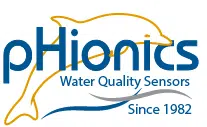Choose the Right Sensor for Water Quality Monitoring
Introduction
Sensors are the backbone of any water quality monitoring system since they determine accuracy and reliability. As such, it is best to start with picking the sensor(s) when designing a new system for applications such as pollution control, saltwater ingression studies, aquaculture, process control, etc.
Let’s say a stream needs to be monitored to verify that dissolved oxygen is sufficient for supporting aquaculture and you are considering what sensor to use.
How about a fish?
Does it have the necessary sensing capabilities? If it is alive and not gasping for air, then dissolved oxygen is likely within acceptable range. Not the most accurate, but it works.
Can it withstand expected environmental conditions? Absolutely–a native fish has evolved specifically to meet the physical requirements of this application.
Features? A one-time use alarm system built-in (death) to notify the user if dissolved oxygen is too low. A GPS tracker can also be added as an accessory. Unfortunately, it lacks other useful features such as pipe-mounting threads or Bluetooth, significantly reducing ease-of-use. Newer models or accessories may be released, however, allowing for upgrades in the future.
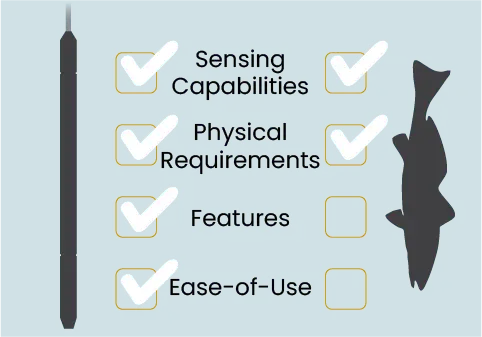
So is a fish suitable for your application? Probably not. Luckily, other sensors on the market almost certainly are. While this article does not compare specific sensors, it does provide guidelines to ask the right questions when considering a sensor, specifically going over the following:
- Sensing Capabilities
- Physical Limitations
- Signal Type
- Features
- Ease-of-Use
Sensor Capabilities
Questions to consider:
- What parameters must be measured?
- What measurement range is required?
- What level of accuracy is required?
- How stable is the sensor?
Obviously, nothing about the sensor matters if it cannot measure the right parameter at the proper range. After determining that the sensor could work for the application, then you can consider how accurate the sensor is through various metrics such as sensitivity, stability, and linearity.
Stability is important to consider because a sensor that requires calibration every week does not work for an application where an operator only visits the site every month. Some sensors, such as those that measure conductivity, require calibration much less frequently than pH or ORP sensors, simply due to the nature of the sensor. Examples of features that improve the stability of pH and ORP sensors include double-junctions, gel-filled references, and differential electrodes, but these are by no means universal to other sensors. As such, it is important to research electrode design to understand what unique features are beneficial. For more information on electrode design, please see our guides below:
pH Electrode Guide (Also relevant for ORP as they use the same measurement techniques)
Physical Limitations
Questions to consider:
- What is the required insertion depth?
- What diameter is needed to fit down the pipe?
- Is the sensor fully submersible?
- What are the minimum and maximum operating temperatures?
- What is the maximum operating pressure?
- What chemicals will the sensor be exposed to? Are any of the sensor materials vulnerable to these chemicals?

The next important considerations to verify that the sensor works for your application are the physical limitations, as outlined above. Size does matter, at least when installing sensors into pre-existing systems such as wells or boreholes that may prevent the use of sensors larger than a certain diameter. It also may be cost-prohibitive to use large diameter sensors in new projects such as groundwater monitoring, as drilling a wider hole can exponentially increase costs.
While it is relatively easy to determine the dimensions, along with temperature and pressure limitations of most sensors, chemical compatibility can be more difficult. To do this, look for wetted or exposed materials in the specifications section of the product page and perform a search for the Chemical Compatibility Chart for each material. A good place to start is the Cole-Parmer© Chemical Compatibility Database.
NOTE: Please be aware that many manufacturers do not include the material of their O-rings, which are rubber rings used to prevent water from entering the sensor housing. As such, you may need to contact the manufacturer to obtain this information. pHionics uses Viton™ O-rings for our sensors.
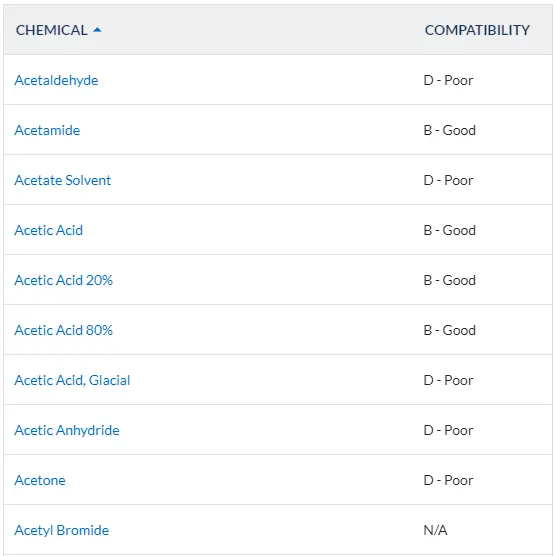
Image from Cole-Parmer Chemical Compatibility Database for Viton™ chemical resistance.
Signal Type
Questions to consider:
- What signal type is used to transmit data?
- What cable is required for the signal?
- How far does the signal need to travel?
- Do you have someone experienced in setting up and troubleshooting a system using a specific signal?
Each type of signal has its pros and cons. For example, serial communication protocols like SDI-12 and RS-485 allow for multiple sensors to be connected in series, reducing the number of receivers necessary for large numbers of sensors in a small area. They also allow for large volumes of data to be transferred securely in a digital format.
In contrast, 4-20 mA sensors require individual I/O ports for each sensor and can only transmit an analog signal that must be scaled by the receiver. They are, however, easier to set up and troubleshoot without requiring a trained expert to be hired. When properly shielded, analog signals may also be sent longer distances (up to 3 miles) and can use cheaper cables when compared to digital protocols like SDI-12.
Because of these differences, there is no single best signal for all applications, so it is important to understand the pros and cons of each type.
Features
Questions to consider:
- Does the sensor compensate for any environmental factors? (e.g., automatic temperature compensation)
- Is the sensor isolated?
- Is there a solution-ground?
- Can the sensor function as a datalogger?
What factors a sensor compensates for, along with the customizability of them, are also important to consider. For example, conductivity temperature compensation can vary significantly depending on whether a sample is high or low conductivity, typically ranging from 1.8-4% respectively. Using a sensor with variable temperature compensation allows for more precise measurements across a wide range of samples. This does, however, come with added complexity and cost, which is why it may be better to buy a standardized sensor with fixed temperature compensation and simply modify the data, depending on the application.
Other features that affect measurement accuracy include isolation and a solution-ground, both of which mitigate background noise. Due to the sensitivity of water quality sensors, small amounts of electromagnetic interference can lead to inaccurate results. While background noise is often only expected to be a problem in urban or industrial environments, natural variations in earth’s magnetic field can produce large enough electrical currents to interfere with measurements all over the world. This makes proper shielding and additional noise-reduction features important to consider for all applications. In addition, noise-reduction features can also have secondary benefits, such as how isolation can also protect connected devices from electrical surges.
One final consideration for device features is whether the sensor has datalogging capabilities, as this would eliminate the need for a separate instrument to power and record the data. Technology has improved significantly in the past 10-20 years, allowing for smaller datalogging sensors with longer-lasting batteries. With advancements in Bluetooth technology, sensors that utilize it no longer need to be retrieved and replaced to obtain data, which is another benefit. One shortfall is that, regardless of whether using Bluetooth or a physical connection, datalogging sensors are limited in their connection frequency, meaning data cannot be monitored in real-time. This makes datalogging sensors unsuitable for applications such as pollution control, where immediate action may be required for harm-prevention. In addition, datalogging sensors are generally more expensive, so measuring multiple parameters with individual datalogging sensors is often cost-prohibitive when compared to a system with multiple sensors and a single datalogger.

The HOBO MX2501 is one example of a datalogger that uses Bluetooth Low Energy to transfer data.
Ease-of-Use
Questions to consider:
- How easy is the sensor to set up/program?
- How easy is it to clean the sensor?
- How easy is it to replace a damaged or worn-out part?
Ease-of-use is also important because a sensor is worthless if it is too time-consuming to set up and maintain. Digital sensors benefit from the ability to store calibration information and perform complex calculations but must have a good user interface to do so while also providing easy installation. Analog sensors, on the other hand, are generally easier to set up, maintain, and troubleshoot but may not have as many features.
Another consideration is whether the sensor allows for cable replacement or electrode replacement in the event of damage. Many sensors do not offer these features which forces a user to buy an entirely new instrument if damage occurs to the cable—a practice that wastes both money and a perfectly good sensor.
Conclusion
As demonstrated here, there are many factors to consider when deciding what sensor is right for your application. Obviously, the most important aspects are whether the physical demands of your application are within the limitations of the sensor, but there are many other considerations that come into play. To stay organized, we recommend making a list using the questions outlined in this article, which should simplify your decision when the time comes to choose your next water quality sensor.
If you are looking for an isolated, small-diameter (0.75 in or 19 mm) sensor that outputs a widely accepted 4-20 mA output, then we recommend looking at the pHionics STs Series™ product line. The design has been continuously improved over the past 30 years by engineers who have been in your shoes and recognize the importance of having a device that is accurate, durable, and easy-to-use. Please click on the Explore Products button down below to be taken to our product page.
Thank you for reading all the way through our guide. We hope you have a great day!
Suggest an Article or Video Topic!
Recent Articles
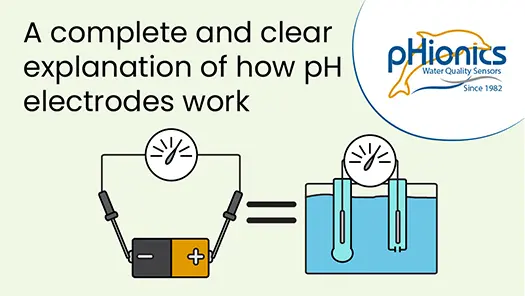
How Glass pH Electrodes Work
In this video, learn about the electrochemistry that allows silver/silver chloride pH electrodes to measure the acidity of solutions. Modern electrode design is also reviewed to demonstrate what improvements have been made and what weaknesses are still present. Click...
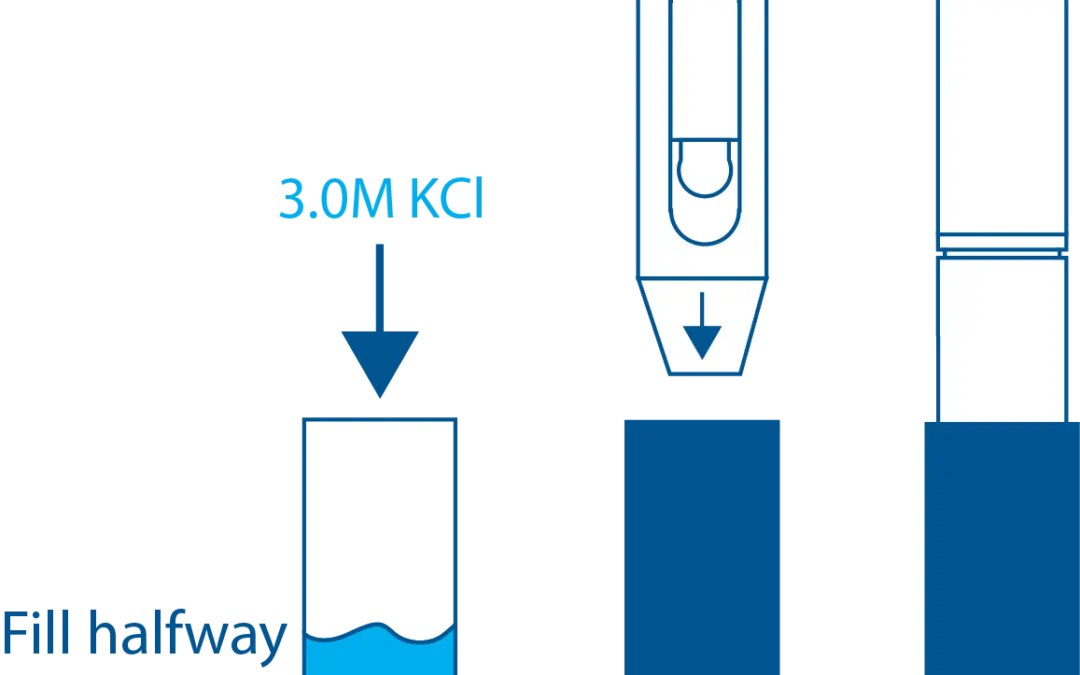
STs Series Sensor Storage
STs Series sensors are constructed from high-quality, durable materials that can be stored for long periods of time. The only weak point is the electrode, which can be damaged or expire during storage in the wrong conditions. These conditions vary depending on the type of electrode, which is why we have different storage instructions for each sensor.
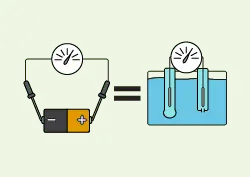
How a Glass pH Electrode Works
A comprehensive article covering how glass electrodes measure pH in a simple, understandable format. Specifically for silver/silver chloride electrodes.
